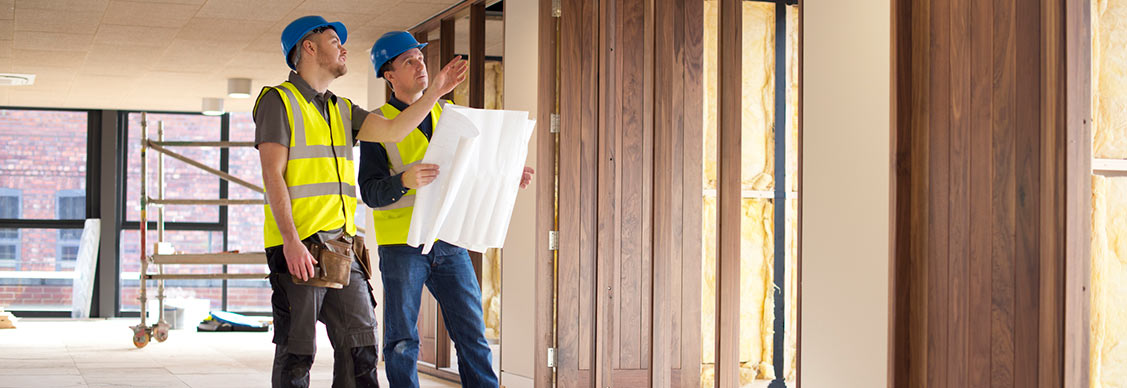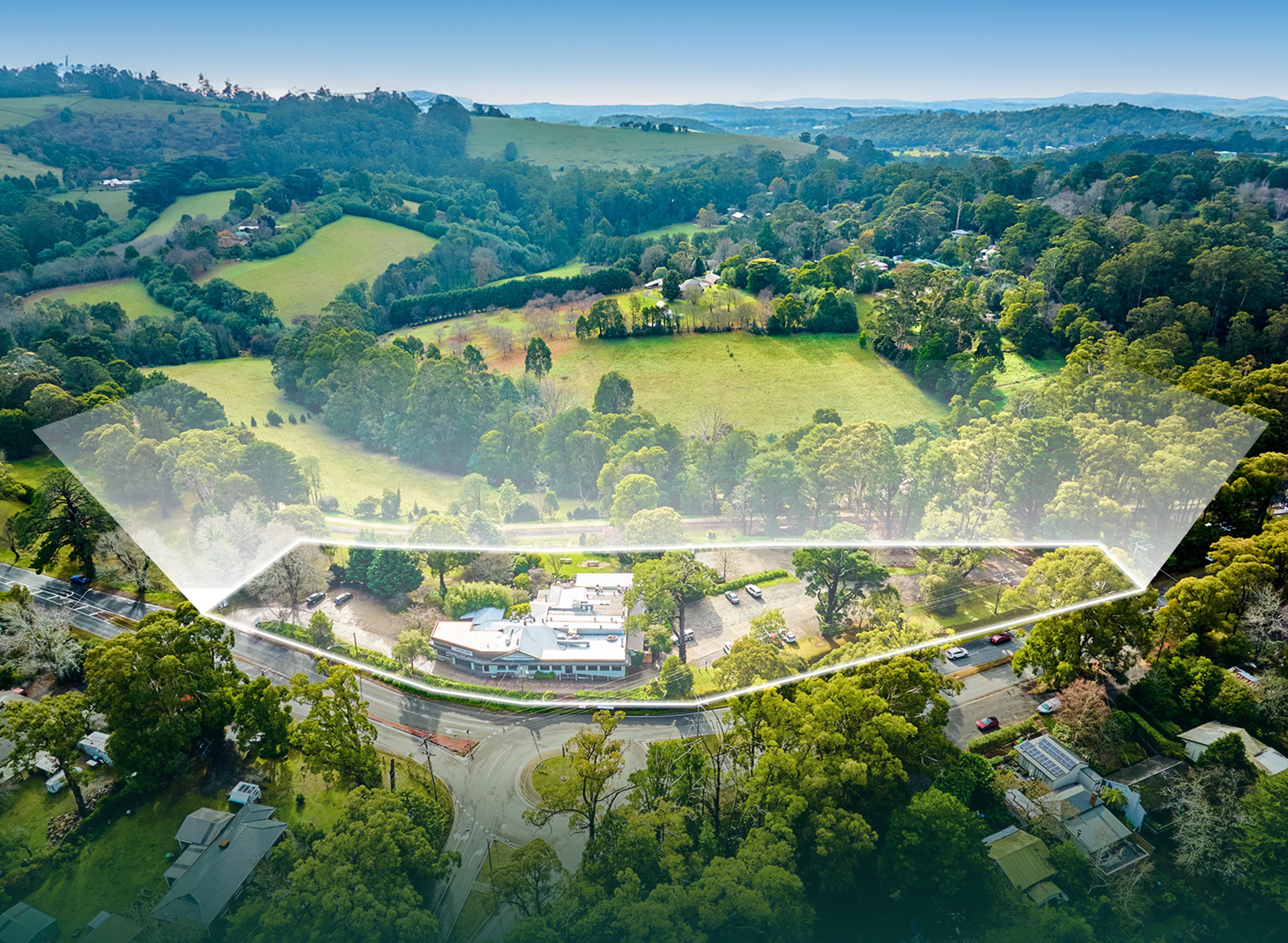Why landlords are repurposing real estate
A historical shift in how we work and live is driving new opportunities
Real estate goes through cycles with steady regularity, a part of dealing with an everchanging society and business landscape. Hotels have come to grips with people renting out their homes. Retail has dealt with the rise of internet shopping.
With offices now facing their own challenges, landlords are increasingly refurbishing out-of-date spaces, and even repurposing them into other types of real estate, from hotels and data centers to new apartments.
“While our cities are constantly evolving, the pandemic has undoubtedly delivered a historical shift in the way we view and use offices,” says James Peterson, JLL’s head of investor solutions in Sydney. “Whether this is a phase or a permanent deviation, it is an opportunity for landlords to reshape their portfolios and our cities to more adequately respond to what people want.”
He points to an office building in Sydney that is nearly five decades old and has been unoccupied for the past three years. This year it was sold this year to an ultra-high-net-worth family in Asia that owns and operates hotels.
At the Rockefeller Center in New York City, 10 floors of office space above the NBC Today Show studios are being turned into a 130-room luxury hotel, the storied building’s first.
Looking for more insights? Never miss an update.
The latest news, insights and opportunities from global commercial real estate markets straight to your inbox.
In London’s St Pancras area, Singaporean sovereign wealth fund GIC is converting the former headquarters of fashion label Ted Baker – a building nicknamed locally as the “Ugly Brown Building” – into laboratory space.
Macroeconomic factors are partly behind such changes. High interest rates, inflation and a sluggish trade recovery are keeping market conditions challenging, JLL’s research shows.
But there are other long-term factors at play, too. There’s a growing mindfulness among corporate leaders to offer environments that cater to a demanding workforce, leading to creative new ways to refurbish existing buildings. The evolution of city centers is also at play, with hybrid work and tourism influencing the shape of urban real estate.
Strong office demand
With inflation falling and interest rates steady, stability is gradually returning to the market. JLL’s Q3 U.S. Office Outlook showed that U.S. office leasing in the third quarter of 2023 has outperformed the first quarter as large-scale leasing improves.
But not all offices are the same. For many investors, 2023 was a year of two halves for office assets. One side includes buildings near transport and amenities with strong sustainability credentials, health and wellbeing offerings, and both indoor and outdoor collaboration spaces.
The other group are the “have nots,” says Peterson. These buildings, lacking features that align them to what people and companies want, are where landlords are “starting the repair and transformation to meet the new demands of tenants based on the new world of work.”
Some of these buildings, especially those in the right locations, are being refurbished into modern offices. But the question for investors that own the office towers that don’t fit the bill is how to reposition or repurpose their assets altogether so they don’t become obsolete.
The conversion of unleased office space into residential units is also increasingly raised as a solution to a lack of affordable housing, which is a hot-topic item around the developed world. The U.S. has less housing for sale or rent than at any time in the past 30 years, according to Moody’s Analytics. Ninety percent of global real estate investors anticipate converting U.S. offices into residential assets, says an Association of International Real Estate Investors survey.
Investors are also considering conversions to industrial storage and data centres (72%), hospitality and leisure (69%), and vertical farming (33%).
In the U.S., the 15-story Union Bank Tower, a 54-year-old office building in Portland, Oregon, is being sold for repurposing into a data center.
In Hong Kong, a cold storage facility is being converted into a 40-megawatt data center. The construction for a new data center can take up to 26 months, and that excludes the permitting process, says Chris Street, managing director of data centers, Asia Pacific, JLL. But the types of conversion investors are currently pursuing usually take only around one year to complete.
Investment Opportunities
The repurposing conundrum
The creative repurposing of older, underutilised buildings has major environmental, social and economic benefits far more apparent to an investor base now than previously.
“It will always be more environmentally friendly to recycle existing buildings rather than demolishing them and building new ones,” says Rainey Shane, social sustainability director for JLL Americas. Shane, who founded and ran the adaptive reuse department in the Southeast Central region for North America for five years, says repurposing has come into its own as a strategy amid a bigger focus on environmental benefits and an increasing demand for housing as demand for offices declines.
The success of previous adaptive reuse projects has laid the foundations for financing and has also provided developers with the experience of what works best, she says. The pool of investor types is also much larger now.
“A capable developer base with the experience and the urgency of both a changing need for types of real estate use, and environmentally friendly solutions, is a winning combination for investors,” she says.
Historic preservation is particularly beneficial for older neighborhoods with well-maintained historic buildings. These areas have higher rates of small and minority business starts, affordable housing, and successful densification and walkability. That is a perfect recipe to capitalize on the rise of impact investing, she says.
“Investors are always looking for properties located in areas with a high potential for growth,” Shane says. “Despite the challenges, repurposing and repositioning projects are changing the face of our cities by revitalizing declining neighborhoods and creating new jobs and economic opportunities.”
Contact James Peterson
Head of investor solutions - Australia, JLLWhat’s your investment ambition?
Uncover opportunities and capital sources all over the world and discover how we can help you achieve your investment goals.




